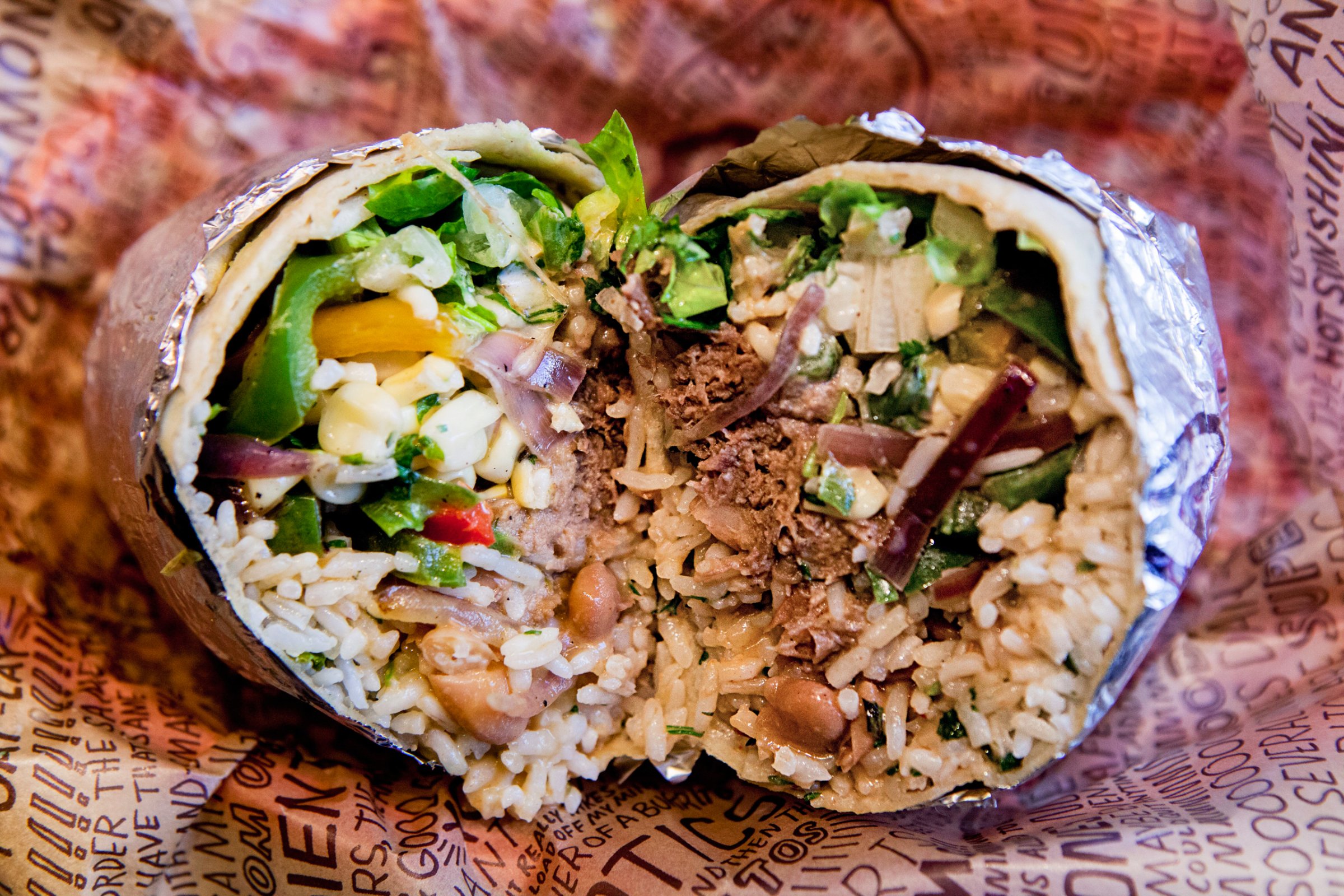
If the latest headlines are any indication, it’s never been more dangerous to eat out in America. Since the summer of 2015, Chipotle has been weathering a food-safety nightmare, with hundreds of customers infected with norovirus, salmonella and E. coli after eating at the Tex-Mex chain. Meanwhile, in early March, Starbucks recalled some of its breakfast sandwiches because of possible contamination with listeria. Recent months have also seen massive recalls of contaminated pistachios, packaged salads, raw chicken and more.
Food-borne illness may appear to be increasing, but hearing more about it is, in fact, a sign that the food supply is getting safer, not more dangerous. That’s because the speed with which outbreaks are identified–and the public notified–has risen dramatically, thanks to sophisticated advances in the government’s pathogen-tracking system, called PulseNet. Now the system can take advantage of whole-genome sequencing to get more accurate DNA fingerprints of microbes. That allows experts to identify outbreaks quicker because they can connect individual food-poisoning cases that stem from the same source. The implications are significant not just for consumers eager to avoid the stomach bug but also for food manufacturers, who face unprecedented scrutiny and possibly severe legal repercussions in food-borne-illness cases.
“Listeria has been in the news lately because we have been using this new system that is helping us find more cases, and sometimes we find ones we think we would’ve missed before,” says Dr. Robert Tauxe, who oversees food-safety issues at the U.S. Centers for Disease Control and Prevention (CDC). “I hope it means we will be finding outbreaks while they’re smaller and stopping them.”
Since PulseNet launched in 1996, health officials have been building the national database of microbes that turn up in food and make people sick. Before PulseNet, it could take nearly 40 days to detect an outbreak. For instance, during an E. coli outbreak in 1993, over 700 people got sick and four died. In a similar outbreak after the introduction of PulseNet, officials detected E. coli in under half the time, just 44 people got sick, and no one died. In the 20 years since PulseNet’s inception, 1 billion lb. of tainted food has been recalled.
And that process is getting better all the time. In 2015 the CDC used whole-genome sequencing to figure out the source of a years-long outbreak of listeria. It was the first time the agency had identified an outbreak of such long duration, with 10 cases spread over five years. The outbreak–which killed three people–started with Blue Bell ice cream, officials concluded. Until recently, this mystery might have been impossible to solve; some of the reported cases date as far back as 2010, and linking those earlier cases to the 2015 ones would have been much harder without the new technology.
“It was the whole-genome sequence that tied it all up and gave us the confidence that, boy, this was really happening,” says Tauxe. Blue Bell ultimately recalled its entire product line, and the company is reportedly under investigation by the Department of Justice.
Blue Bell’s wasn’t the only listeria mystery solved this way. In September, the CDC used whole-genome sequencing and information from PulseNet to identify an outbreak of listeria linked to soft cheese, which had sickened 30 people. A recent outbreak linked to packaged salads was discovered with the same method in January.
This is all happening as the legal ramifications of food-safety violations grow more severe. The U.S. Food and Drug Administration now exerts more power over food safety, and officials have brought criminal charges against executives involved in food-safety scandals. Recently, the CEO of a peanut-processing company was sentenced to 28 years in prison for his role in an outbreak.
That’s unsettled some food executives, but for the average American, the more precise tracking of pathogens and higher legal stakes mean food will only get safer. “The people who make the food have to do it correctly and do it safely,” says the CDC’s Tauxe. “I think we will all be healthier in the future.”
More Must-Reads From TIME
- The 100 Most Influential People of 2024
- Coco Gauff Is Playing for Herself Now
- Scenes From Pro-Palestinian Encampments Across U.S. Universities
- 6 Compliments That Land Every Time
- If You're Dating Right Now , You're Brave: Column
- The AI That Could Heal a Divided Internet
- Fallout Is a Brilliant Model for the Future of Video Game Adaptations
- Want Weekly Recs on What to Watch, Read, and More? Sign Up for Worth Your Time
Contact us at letters@time.com